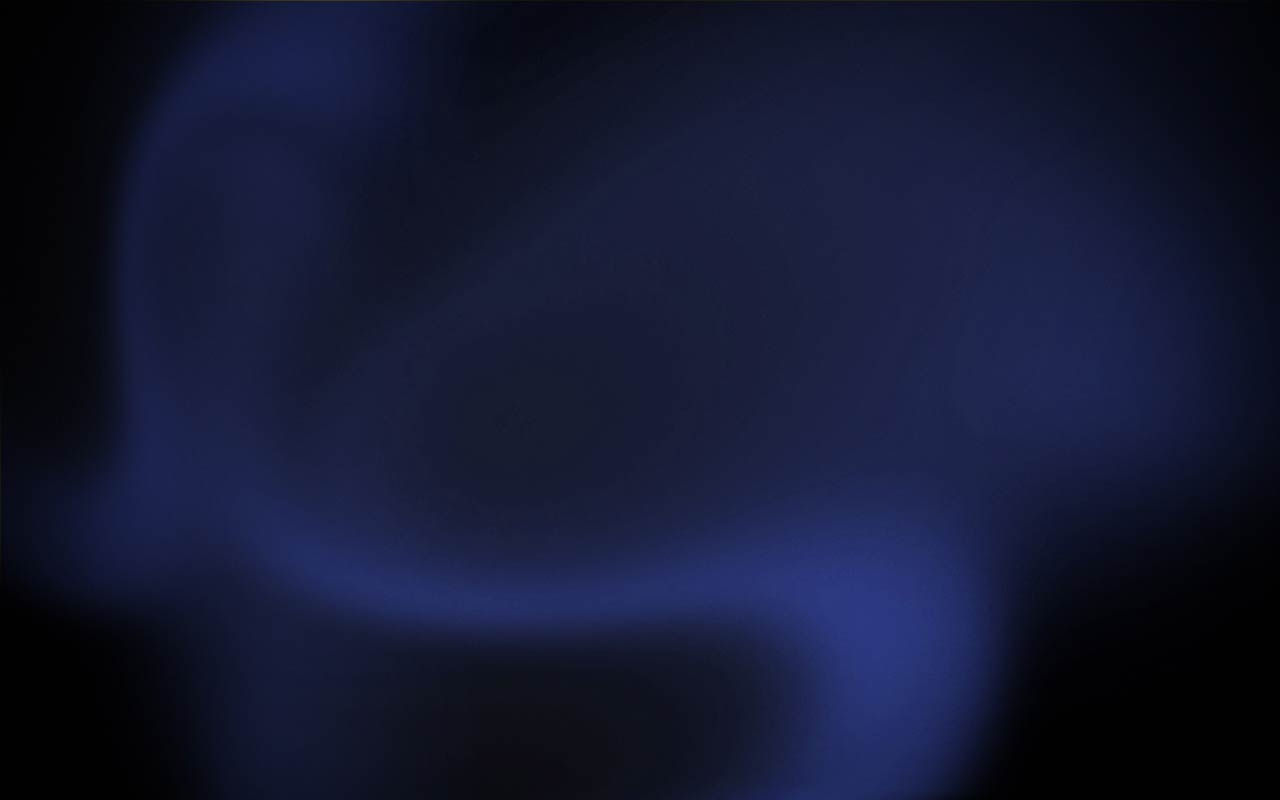
Course Outline
"Science and Museums"
- offered at Redpath Museum, McGill University
This course will provide students with detailed knowledge of natural history museums and their collections, how such collections are created and maintained and how they may be used effectively in pursuit of scientific research. Practical labs, field trips and individual term-projects will give students hands-on experience in aspects of collections-based research, including techniques for creating and maintaining research collections.
Course Objectives:
By the end of the course, the students will be expected to:
· be able to communicate the importance of natural history collections in underpinning scientific research in various disciplines, and to dispel the popular misconception of museums being merely what is on display
· understand the context in which collections develop (historical, philosophical, ethical) and the implications of context on the data they contain
· demonstrate the skills required to turn an object into a voucher specimen (methods of collecting, classification, storage and curation)
· demonstrate specimen-based research methods
· be able to critically evaluate the use of specimens in different scientific disciplines
· possess specific knowledge of the Redpath Museum and other local collections
· be aware of technological advances that impact on collections and specimen-based research
· have the tools to become advocates for the future of natural history collections
Readings: There is no assigned textbook for the course. Required reading in the form of book sections, websites and journal articles will be available on WebCT, and further resources will be suggested in lectures.
Evaluation: Term project (25%) with final presentation (10%), final written examination (40%), final practical examination (20%), participation in study trips and practical labs (5%).
Lecture Topics:
1 - Introduction
2 - History of natural history collections I
3 - History of natural history collections II
4 - Collections and collections-based science
5 - Collecting
6 - Specimen preparation and preservation
7 - Maintenance and curation
8 - Specimen illustration and visualisation
9 - Cataloguing, labeling, access and policy
10 - Education and outreach
11 - Progress report on term projects
12 - The view from the Canadian Museum of Nature
13 - Contemporary evolution and ecology
14 - Ecoevolutionary dynamics
15 - Population genetics
16 - Evolution and palaeontology
17 - Biological invasions
18 - Systematics and phylogeny
19 - Guest lecture
20 - Geology and earth science
21 - Biodiversity informatics
22 - Guest lecture
Lab Schedule:
week 1 - Redpath Museum natural history collections
week 2 - Introduction to term projects, discussion on scope of natural history collections
week 3 - Specimen preparation, labelling
week 4 - Specimen photography and illustration
week 5 - Field Trip: Lyman Museum of Entomology and McGill Herbarium
week 6 - Classification and Identification
week 7 - Specimen morphological variation
week 8 - GIS specimens
week 9 - Reading Week
week 10 - Field Trip: Botanical Gardens
week 11 - Discussion II
week 12 - Holiday
week 13 - Practical Exam *
week 14 - Presentations of term projects
